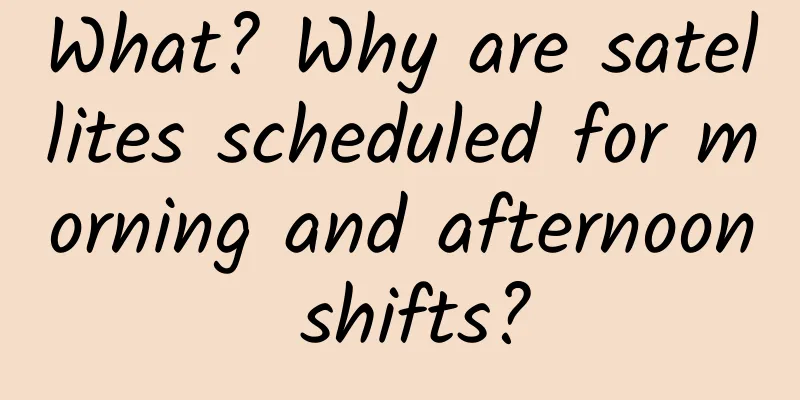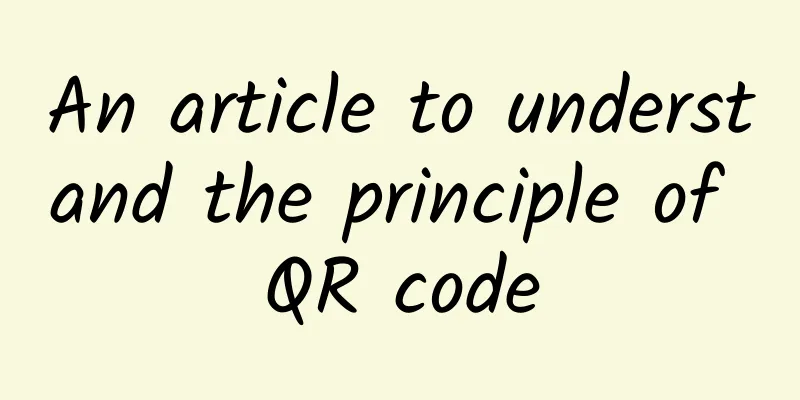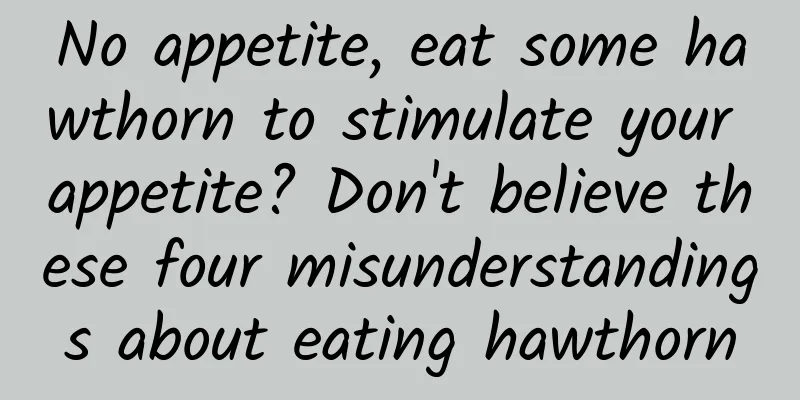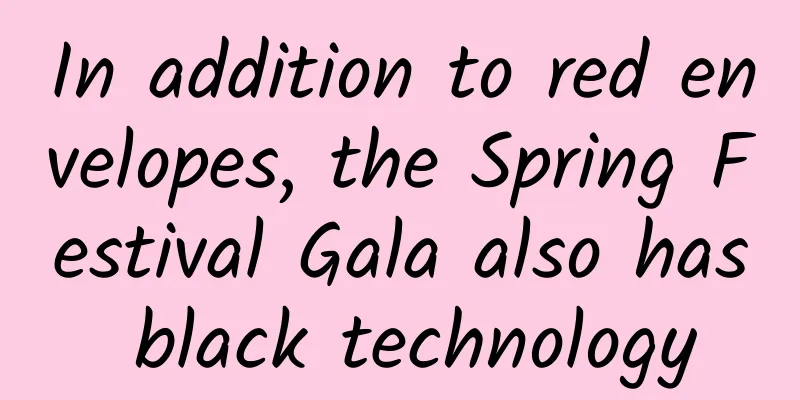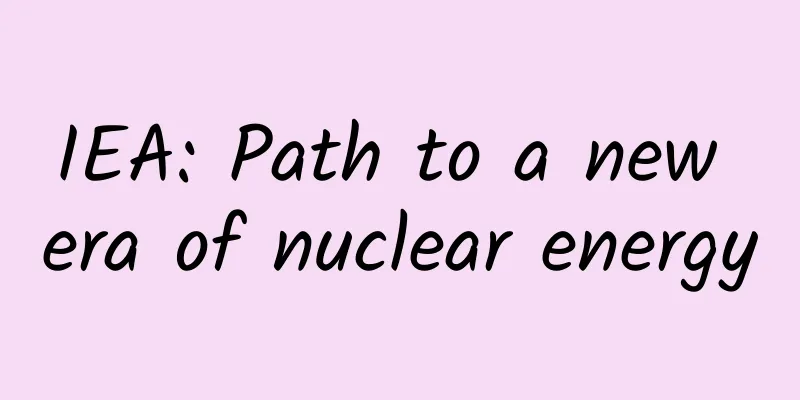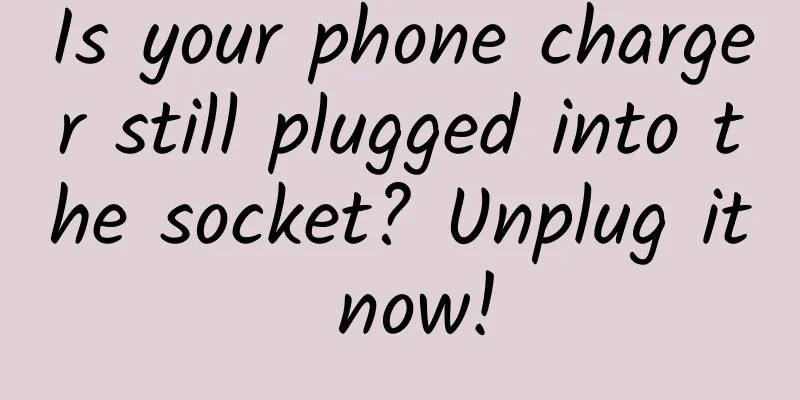Understand in one article丨What are the "through holes" and "blind holes" on the drilled screen mobile phone?

|
This month, a total of two hole-punch screen mobile phones hit the market, one is Samsung's Galaxy A8s and the other is Huawei's nova 4. Although both phones have a hole-punch screen and look similar, they both use a similar hole-punch method to avoid the long-criticized "bangs". However, behind this small black hole, there are different processes and manufacturers' thoughts on the hole-punch screen. As a new product that has been on the market for less than 15 days, the perforated screen is still very unfamiliar to many people. Even the mobile phone manufacturers who released the news only roughly explained the benefits and hole-drilling methods through a few PPTs at the conference. Most of the audience had no idea what a perforated screen was after watching the entire press conference, let alone the understanding of the screen technology and terms. Samsung announced that the Galaxy A8s uses a "through hole" solution with better light transmittance; Huawei said that the nova 4 uses a "blind hole" method, and the hole diameter is smaller than that of the A8s. So what exactly are through-holes and blind vias? No one knows.
In fact, both through holes and blind holes are currently the most popular screen hole solutions. However, since both Galaxy A8s and nova 4 use LCD screens, the backlight layer and the screen layer need to be processed separately during drilling, which is the difference between through holes and blind holes.
From the structural diagram released by Samsung at the Galaxy A8s conference, from the inside of the phone to the top glass panel, the A8s has two layers of openings:
It is not difficult to understand that the "through hole" is to drill holes in the middle backlight layer and liquid crystal layer, so that the camera components of the upper layer can be directly placed under the glass panel through the opening, so that the camera will not be blocked by the partition.
The reason why Samsung calls it the most advanced and unprecedented processing method is that in addition to drilling holes in the backlight layer, the liquid crystal layer also needs to be processed, which will affect the yield and speed of the entire screen when it leaves the factory, and even increase the overall cost. Until now, it has been installed on the Galaxy A8s. This screen has been the final result of countless experiments and improvements.
Of course, although Samsung has debugged and mass-produced this screen countless times, its yield rate is still my biggest concern. In addition, I am concerned about whether the screen will affect the delivery speed of A8s, whether the new process will affect the life of the screen, and whether Samsung will sell this technology to other companies in the future. "Through hole" advantages/disadvantages:
It is worth mentioning that, judging from the spy photos currently exposed on the Internet, this solution may be used on the Galaxy S10 to be released next year. However, unlike the Galaxy A8s, the camera hole is located on the right side of the screen. The larger Plus model may also adopt a "dual hole" solution, and the hole diameter of the new phone may become smaller than that of the A8s. Regarding the blind vias used in Huawei nova 4, I would not say that this solution is inferior to through-holes, because each method has its advantages and disadvantages. Although through-holes can bring innovative perforated screens without affecting the production of the front camera, they are also very demanding in terms of craftsmanship. Currently, only Samsung has mastered this technology. Blind holes are a solution designed to simplify the screen production process and improve the yield rate. From the nova 4 blind hole screen process PPT released by Huawei, we can roughly compare the differences between the two solutions:
Compared with the through-hole solution, the blind-hole solution also places the camera component on the top layer, but only the backlight layer is opened. The liquid crystal layer and the glass surface layer do not have additional holes, allowing the camera to be "hidden" under the liquid crystal. Therefore, when producing screens, manufacturers only need to process the backlight layer, which can increase the delivery speed of the entire screen and avoid the risk of drilling holes in the LCD. If drilling screens become a design trend for smartphones in the future, blind holes will probably be the hole-drilling solution chosen by most manufacturers. However, although blind holes have slight advantages over through holes in terms of aesthetics and cost, this solution is not without disadvantages. For example, the finished product of the front camera will have a certain image quality impact due to the layer of liquid crystal between the camera and the glass panel (Huawei's solution is to make the camera and the screen fit as close as possible and allow external light to enter the camera to ensure image quality). If blind holes become the mainstream in the market in the future, then the processing of the opening part will be a test for all manufacturers. Advantages/disadvantages of "blind via":
Simply put, the difference between through-hole and blind-hole is whether the camera is placed under the glass panel or under the liquid crystal layer. From the perspective of experience, through-hole does not affect the quality of front-facing shooting, and its experience is no different from that of other mobile phone front-facing shooting. It is obviously the best camera experience solution.
Although blind holes are inferior to through holes in terms of camera experience, they have advantages in cost and yield rate, so they may become the mainstream trend of future perforated screen development. Judging from Huawei's optimization of the perforation of nova 4, the optimization of blind hole solutions will also become one of the competitive points that various manufacturers are actively solving. However, theory is only theory. Which solution is the best will be determined by the market and supply chain. |
>>: Why can't the iPhone be made in the U.S.? Jobs gave the answer
Recommend
Open your eyes, shrug your shoulders, and awaken: the paradox of humanoid robots and the final fantasy
The most terrifying thing recently is the humanoi...
The weather is always against us. Is it true that if you forget to bring an umbrella, it will rain?
Audit expert: Zhan Mingjin PhD, Chinese Academy o...
How does Juliang Qianchuan invest in live streaming?
There are two ways to promote Juliang Qianchuan’s...
Exclusive first test of JiRoute SOHO: Is the simple and crude WIFI enhancement solution useful?
Under the concept of "more is better" a...
Thickening of fingers is a sign of lung cancer? If you have these symptoms, the disease may be approaching...
Expert of this article: Wang Qian, attending phys...
Shocking "whale"! Even seabirds can't be swallowed, what about the "whale swallowing"...
The "guest" we are interviewing today i...
Baidu keyword quality optimization, how to improve keyword quality score?
With the continuous revision and adjustment of Ba...
How do growth hackers perform operational data analysis?
Attracting new users , promoting activation, and ...
How much does it cost to develop a shopping mall mini program in Liaocheng?
There is no fixed price for the development of th...
How much does it cost to promote a soft article? How much does it cost to write an original soft article?
As the saying goes, it is better to practice your...
APP interface layout "little experience"
APP interface layout design is a very important p...
Do you fragment your exercise in the office? Burn fat in 3 minutes every hour, a must-have for those who sit for a long time
Reading time: 4 minutes, the full text is about 8...
If you feel feverish or dizzy after eating broad beans, don’t be careless and be alert to “favism”!
Review expert: Mao Xinmei, Chief Physician of Ped...
ClubIntel: The impact of Generation Y and Generation Z on the fitness industry
New report from ClubIntel analyzes how Generation...
Let’s talk about it from a mathematical perspective: why do people who are addicted to gambling always end up going bankrupt?
In the recent hit drama "Crazy", there ...



